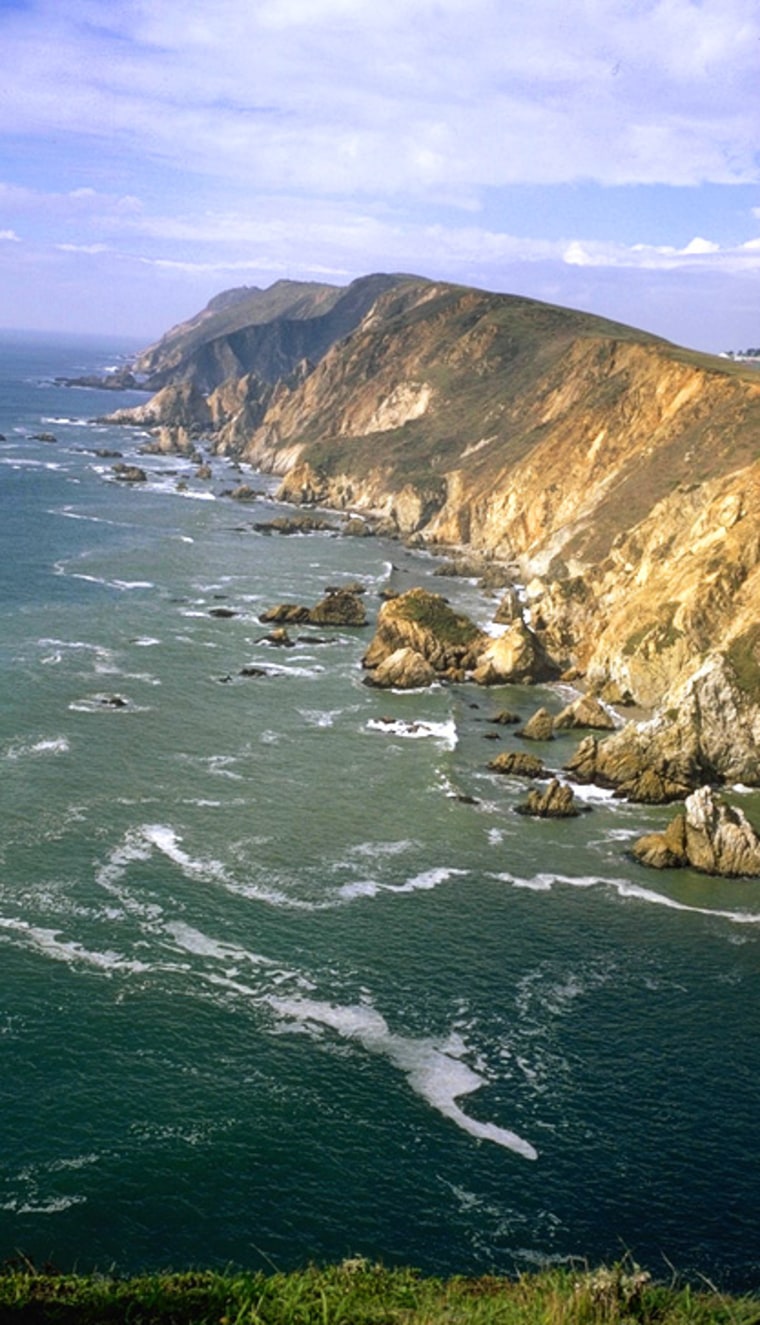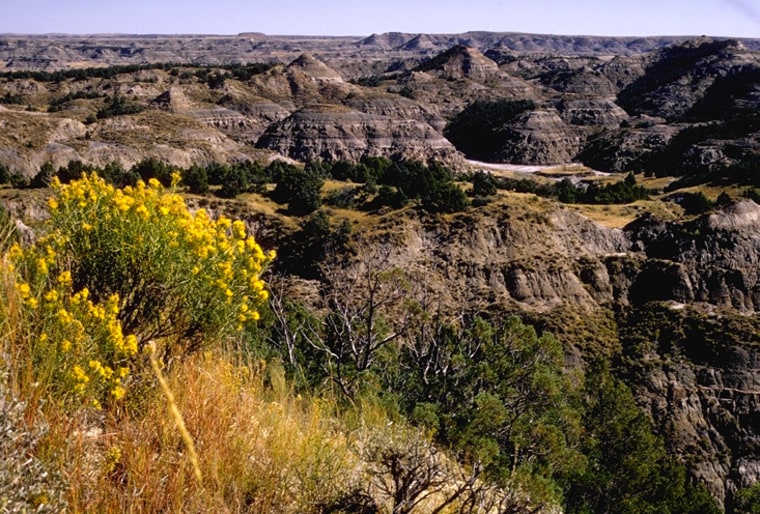Abandon all hope, ye who drive to Yellowstone this summer. Most of the park’s 3.1 million annual visitors don’t leave their cars, giving rise to a local phenomenon: the wildlife jam. A stray bear or bison can instigate bumper-to-bumper congestion worthy of an L.A. freeway at rush hour.
The National Park Service recorded more than 275 million visitors in 2007. That’s a pretty impressive number, considering the total U.S. population is 304 million. But the good news is, there are hundreds of parks and millions of acres of land. You needn’t share your vacation with legions of fellow solitude-seekers.
How can you find some of the less-trodden corners of the park system? You can start by avoiding the Interstate. The Great Smoky Mountains National Park has a highway running through it and gets more than nine million visitors per year—the most of any single park in the system. By contrast, Aniakchak National Monument & Preserve in Alaska has no roads, is best reached by float plane and saw a grand total of 60 recreational visitors in 2006.
One good way to find out whether you’re headed for SUV oblivion is to use the statistics compiled by the National Park Service. Another tactic is, simply, avoid following the herd. Most Americans probably can only rattle a few famous national parks off the top of their heads, like Yellowstone, Yosemite, the Grand Canyon and Mount Rushmore. Pass them by this year.
Instead, walk through the Congaree old-growth forest in South Carolina. Or follow the bison herds across Theodore Roosevelt National Park in North Dakota. Not only will you see fewer people, you also stand a great chance of seeing unspoiled scenery and unspooked wildlife.
For sheer northwestern beauty, the Siuslaw National Forest is hard to beat. You can rove from Pacific beaches through dunes to lush rainforest-like scenery like something out of National Geographic, such as Kentucky Falls and the Rock Creek Wilderness. Wildlife-watching opportunities abound for those who have the time and patience to venture into the wildest areas and sit still and just observe for long stretches at a time. Don’t be surprised when you see the Sasquatch, aka Bigfoot. He's said to live here, too.
A different kind of legendary being can be found in western Nevada: 500-year-old bristlecone pines. Groves of these other-worldly-looking trees are found in Great Basin National Park, a stunning landscape that’s also filled with wildlife. If you visit, you’ll need three essentials: high-quality lug-sole boots, plenty of water and a fleece jacket. Deserts can become very cold at night, even in summer.
One of the most spectacular river sights in the west, the Black Canyon of the Gunnison River, looks like something out of a John Ford western. Millions of years of water and rock scouring produced this steep, jagged gorge. If you’re a serious hiker, consider the inner canyon along the river, where “hikers are expected to find their own way [no maintained or marked trails] and be prepared for self rescue,” says the official National Park web site.

If you decide to visit a famous park, that still doesn’t mean that you need to get stuck with the trundling masses. “Most people stay within a couple of hundred yards of the scenic overlooks,” says Kathy Kupper, a spokesperson for the National Park Service. “If you get on the trails and into the back country, you can have a near-wilderness experience away from the crowds. Just remember to stay on marked trails and take plenty of water with you.”
Even the most popular parks have their secret corners. Sven Feitknecht, tour director for Globus Tours, has traveled through Yellowstone as many as 150 times since 1991. Yet he still looks forward to discovering the park anew, particularly his favorite corner—the Lamar Valley. Located in the northeast corner of the park and totally inaccessible by vehicle, the area is home to many of Yellowstone’s wolf packs.
“Time can never efface the image of the evening sun gently gliding behind the western mountain and casting gigantic shadows across the vale,” he says. “Most tourists want to drive to the various sightseeing spots, which is why 99 percent of Yellowstone is not visited by man. Our guests are usually very surprised to find out that the Lamar Valley is still very much a hidden secret.”
So this summer, give Old Faithful a miss. Consider, instead, these 10 hidden gems of the National Park System. As ever, abide by the “leave no trace” approach: Carry out what you carry in. And if you camp overnight, follow the local rules about putting food out of the reach of bears.
